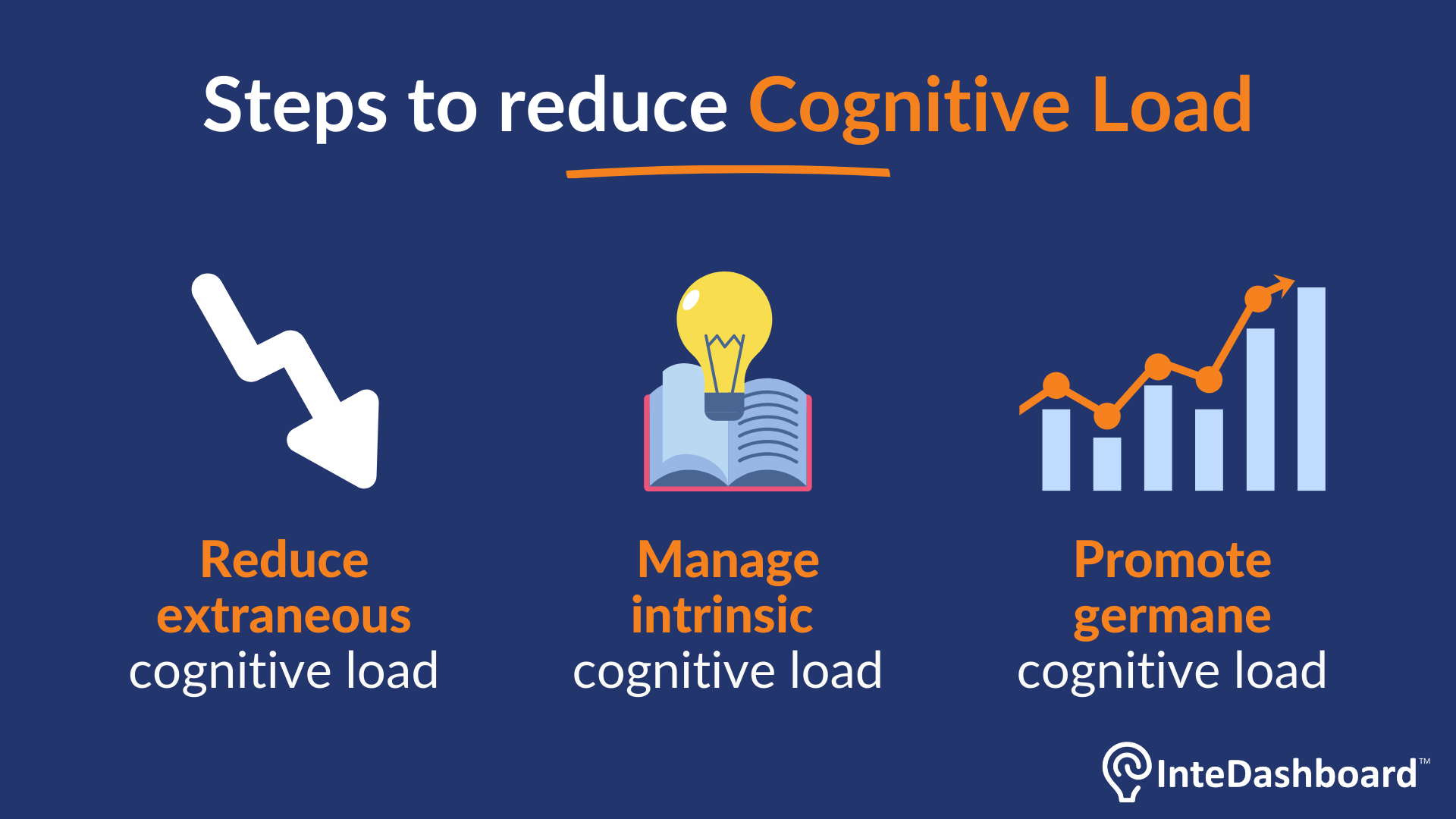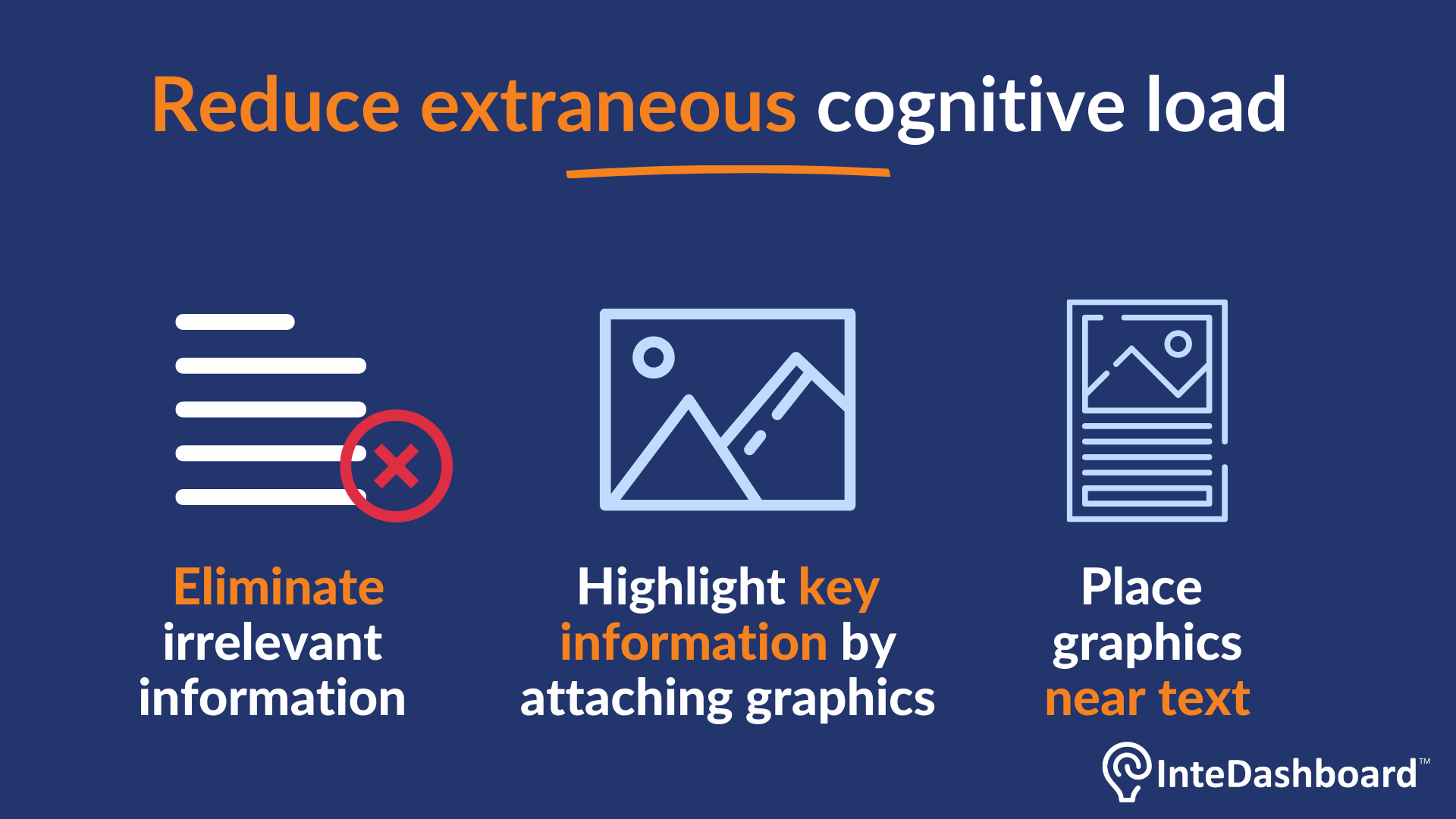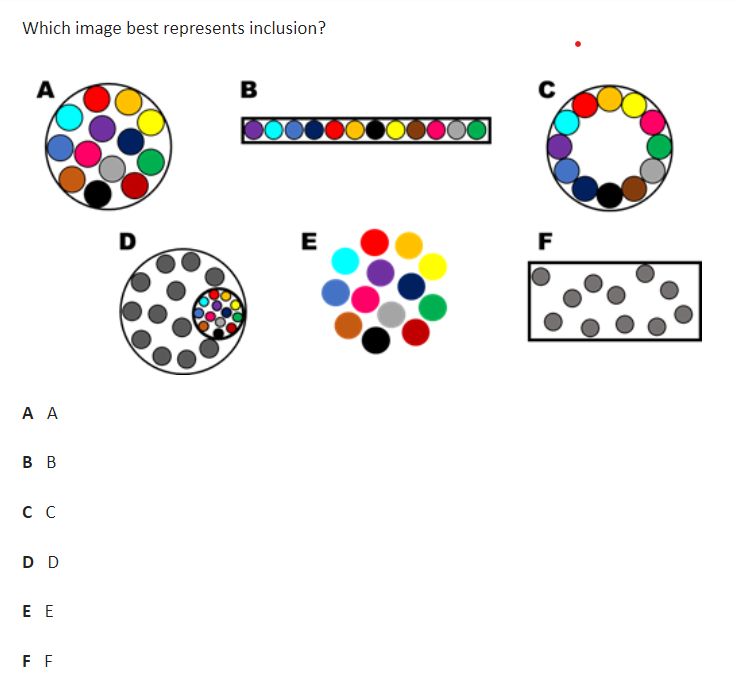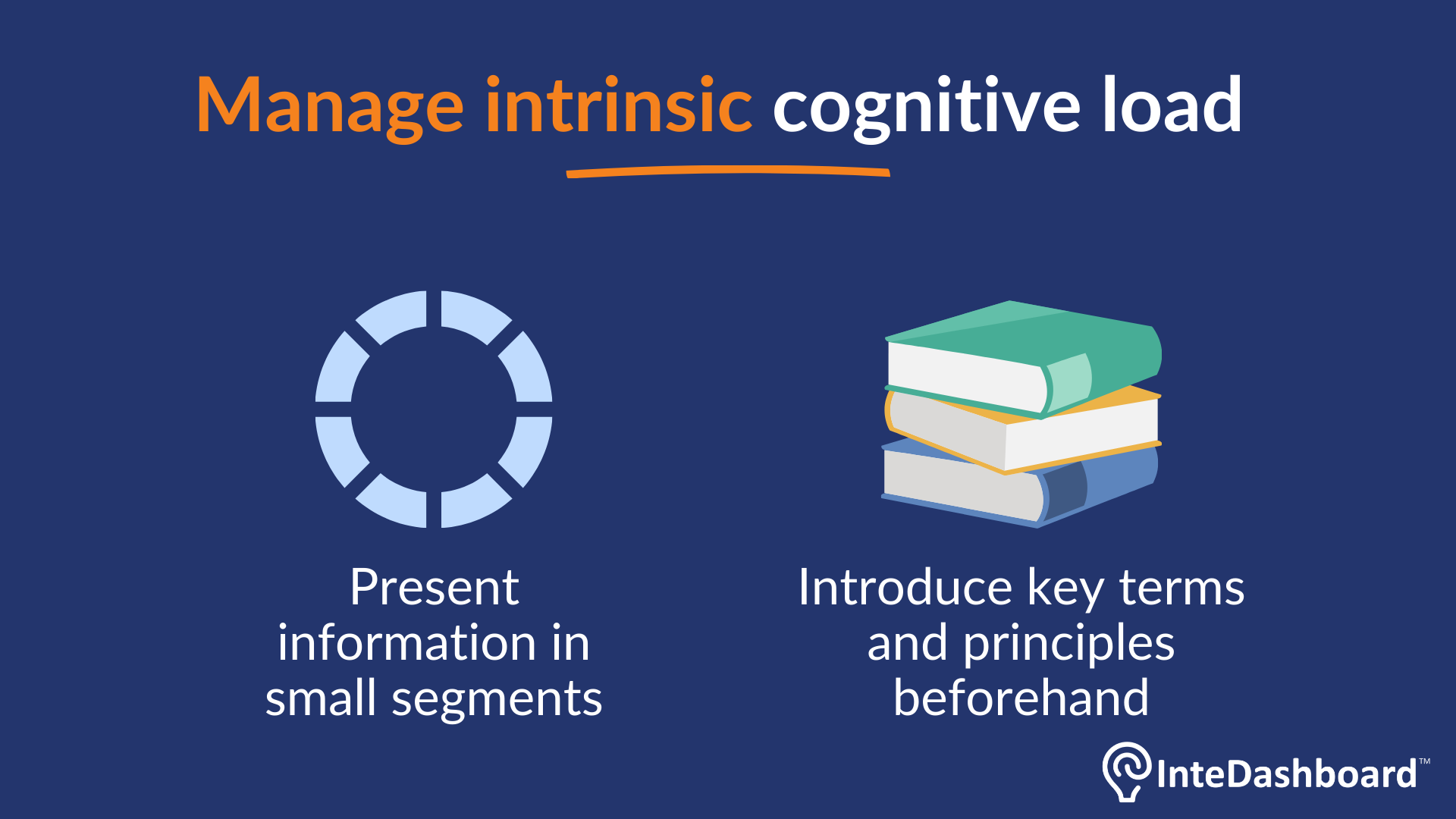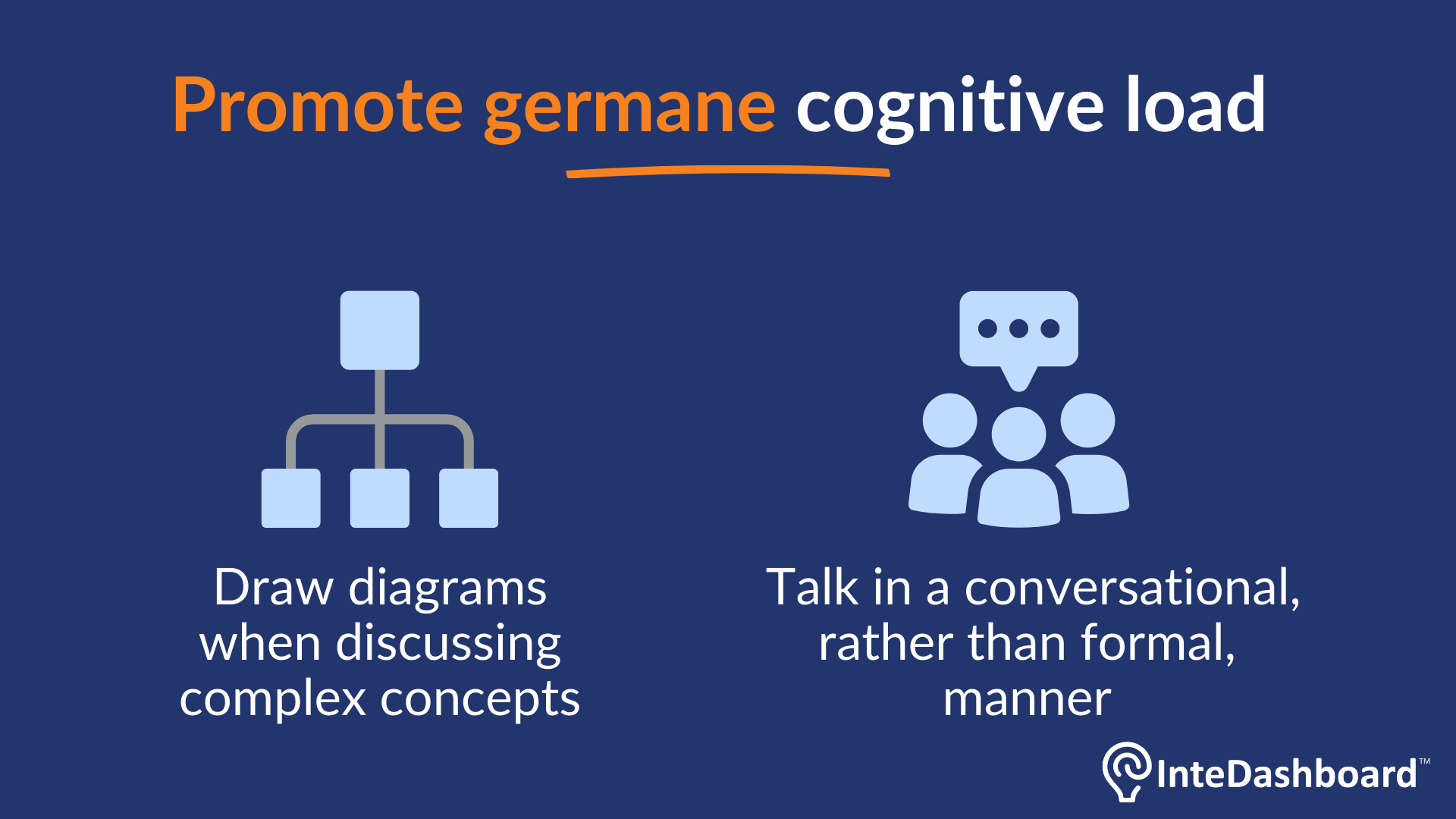"Outstanding tool for face-to-face, web-blended and fully online TBL courses! We've been using InteDashboard across several TBL classes at the University of South Alabama and are consistently impressed with the tool as well as the exceptional support from the team. We look forward to increasing utilization of InteDashboard through our campus-wide project."
"The administrative challenges behind TBL are often viewed as a major barrier to effective implementation. InteDashboard is the only technological solution that puts it all together, allowing the faculty to focus on creating the learning environment - not fumbling with papers, grading and pulling data from different sources."
"I'm convinced, and I've done a fair amount of looking over the past few years to identify an online quizzing/survey tool that allows for individual question submission and real-time feedback (especially for the TRAT). InteDashboard really is the premier solution in this category. Bar none. Hands down."
"Ability to get real-time data on RAT test items during teaching and save this information (i.e. scores on assessments) has made the tool an essential element to my everyday online teaching."
"I love having real time access to my students performance data and knowing exactly what concepts have or haven’t been understood while they complete their IRATs and TRATs! InteDashboard has significantly enhanced the ease and effectiveness with which I prepare for, and teach in, my TBL classes at Deakin."
"Overall, I’ve been really pleased with how InteDashboard has elevated the ability to engage students in Team-based learning."
"The InteDashboard platform is unique in what it offers for educators and learners. The ability to interact, work with the quizzes easily, and general functionality of the program are key features not to miss. I have been able to create a more experiential learning environment allowing learners to immediately dive into experiences that simulate real clinical challenges. It was also easy to integrate into Canvas, and students enjoy having the computer version for their groups."
"InteDashboard is a fantastic and very useful platform to conduct classes in a team-based learning setting, probably because it has all the features that team-based learning requires. The features on InteDashboard are so nuanced that they help in enhancing the learning of students, which is the core objective that the educators try to achieve from TBL methodology."
"The feature which we find most valuable is the automated grading and item analysis dashboards. They effectively provide staff and students within information that help inform what the clarification session should address. Also, the InteDashboard team provides great support. The team has been responsive to our feedback when we have asked for a possible enhancement to their tool in the past!"
"The support staff was prompt when we were in the initial phase of integrating it into Canvas. It provided the benefits of graded IRAT and TRAT and was really a seamless way to provide active learning in an online environment."
"Tech support is great, the software is easy to use and learn, online TBL is awesome (and helpful in this time of the pandemic), and the ability for easy peer review is stellar."
"Student evaluations were higher the semester we used InteDashboard than the previous semesters we held TBL in in-person setting."
"The great advantage of InteDashboard is that it is a single platform for RATs, peer evaluation, and 4S activities."
"InteDashboard allowed a seamless transition from paper-pencil response forms to electronic response."
"InteDashboard gives me the ability to run online TBLs with ease. The interface is intuitive for faculty and students and matches what we would have done in the classroom."
"I have recommended the product to many people already. It is a very versatile product with features that can be applied across a wide range of pedagogies. I have presented this tool to my school not just as a TBL tool but also a way to collect and analyse MCQ data and as a way to facilitate group learning and peer evaluation."
"I just want to say I love InteDashboard, and it is an integral part of my teaching!"
"It’s more sustainable now – there's less printing, less admin work, and saves a lot of time."
“InteDashboard has made a huge difference. We could have gone back to the way things were before we started using the software, but it would have been an absolute nightmare. The platform is great – it’s all in one place!”
"I think the real-time dashboard is just really, really, good. It just works. Recently, I used the histograms and answers feature that you can present to students during the RAT debrief – I found that a very useful way of presenting the results!”
“Because InteDashboard is entirely built for TBL, you don't have to fiddle with a lot of settings and multiple softwares, so that certainly saves time. And now that we're in our third year of using InteDashboard, we're able to copy the activities from the prior years and use those, so that has certainly saved time as well!"
"It was very, very easy for us. When comparing what we did before using InteDashboard, with what we have now with InteDashboard - it has been really easy for us. Everything is available on one platform!"
"InteDashboard has been invaluable to our TBL process!"
"InteDashboard is a great tool and we look forward to continuing to work with you. We appreciate working with the InteDashboard team and how well you have responded to our feature requests."
"Intedashboard, in general, took my experience of teaching using TBL to another level, especially in hybrid classes. I really like the real-time information it provides about students, immediate responses, the orderly management of clarification requests, and the e-gallery mode for application exercises."
"I really like Intedashboard because its software is the perfect blend of a user-friendly environment and robust enough to fully manage all stages of teamwork using TBL. It's also highly stable and has enough space to manage all TBL materials."
"I love InteDashboard’s instant report, and details of how students have performed. The flexibility of ability of providing synchronous and asychronous learning is what I need for distance learning students."
"What I love about InteDashboard is that it allows me to administer individual readiness assurance tests (iRATs) without students seeing their score, while still letting them view their individual responses during the team test (tRAT). This feature has made a significant difference in how my students engage during team discussions. When I used other learning management systems like Canvas, DTL Brightspace, and Blackboard, students could always see their scores immediately after the iRAT—even though they couldn't see which answers were correct or incorrect. This often led to high-scoring students simply sharing their answers during the team test, which short-circuited the deeper, collaborative learning process that team-based learning is designed to support. With InteDashboard, students come to the tRAT ready to discuss and defend their reasoning, which leads to much richer conversations and better learning outcomes."
"It is fairly easy to navigate. Most of all, however, I have been completely impressed with how responsive the support staff has been to students and to instructors. I have had a fantastic experience with the software."
"The customer service at InteDashboard is superb; they are super responsive to emails, and all difficulties we have had have been resolved quickly and efficiently. The reps are also very willing to receive feedback about new features that would be helpful."
